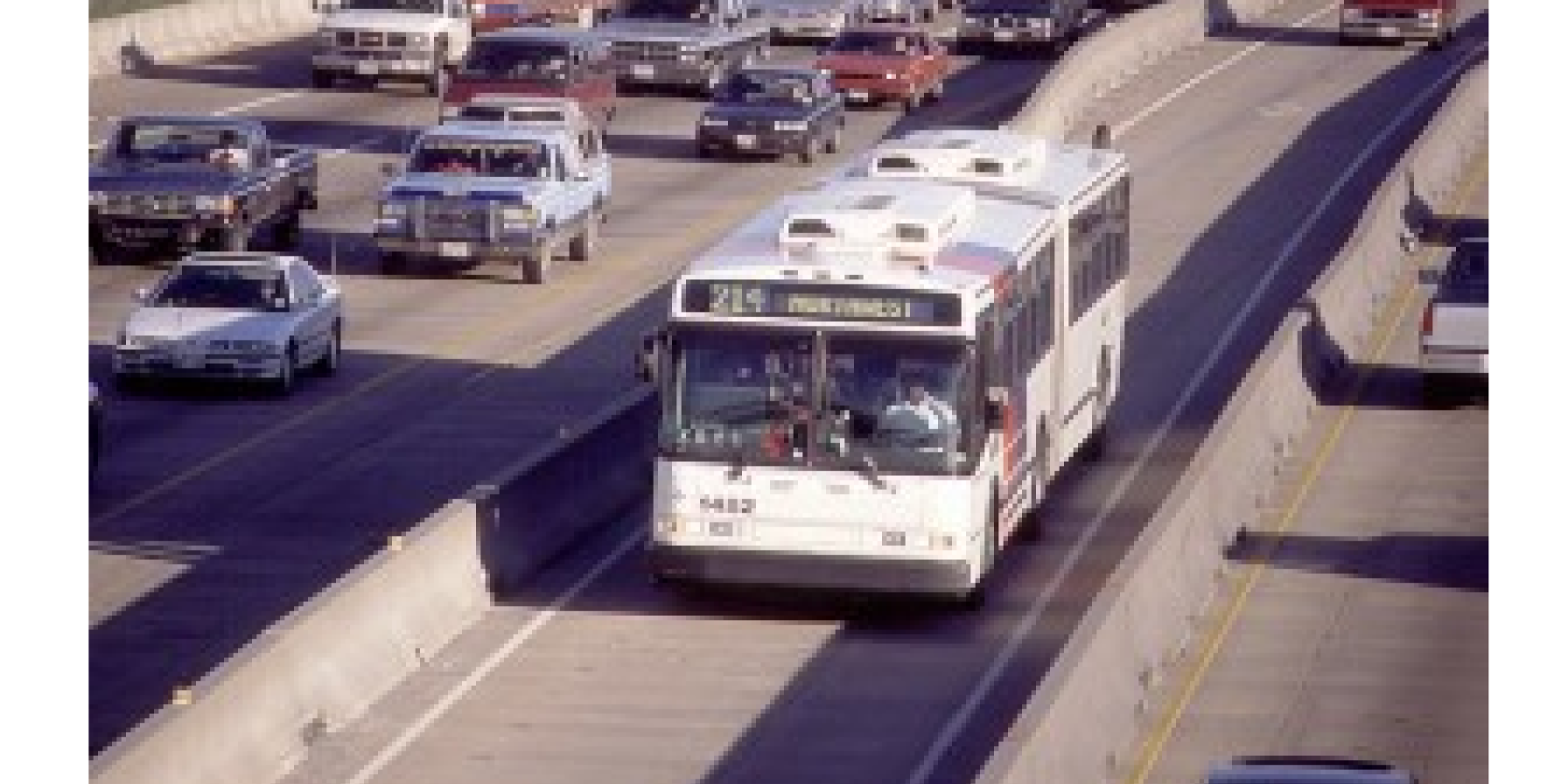- Home
- IBTTA Insights
- Tolling-Transit Study Points to New Source of Capital
Tolling-Transit Study Points to New Source of Capital


In an ingenious piece of research, the Tampa-Hillsborough Expressway Authority (THEA) has found a new source of capital for price-managed lanes—as long as toll agencies are prepared to take a slightly different approach to operations and ownership.
With a grant from the U.S. Federal Highway Administration, THEA joined with Hillsborough Area Regional Transit (HART) to study whether they could combine forces to add new capacity in congested urban corridors. At IBTTA’s 2013 Organization Management Workshop in Baltimore, THEA Executive Director Joe Waggoner said the plan would work by bringing together two agencies with different strengths and challenges:
- Toll agencies are sometimes challenged to raise adequate capital, even with strong 30-year revenue projections.
- Transit authorities generally operate at a loss, but often qualify for grants to cover their initial capital costs.
A Synergy That Works
The proof-of-concept study showed that, by combining modes, THEA and HART could solve an otherwise insurmountable barrier to project financing.
On its own, a tolling agency would only be able to raise about half the capital it required to build any of the price-managed lanes in the study. A transit authority would qualify for a capital grant, but would incur operating losses over the same 30-year horizon. Together, the study showed that they would cover capital costs and generate $2 billion in net revenue.
The community would get use of a new managed lane much sooner than otherwise possible. In exchange for its equity investment, HART would own the lanes and gain access to a toll revenue stream that THEA calls the New Transit Fare Box.
But here’s the other twist: The corridors in the Tampa-Hillsborough study would be dedicated first to rapid transit and express buses, with the goal of making transit a reliable, affordable, and therefore competitive choice for commuters. Users would either travel by bus or pay to drive on the toll lane.
A Win for Both agencies
Waggoner reported that each of the three networks in the proof-of-concept study would be a win for both agencies.
| Network |
Miles |
CapEx (US$M) |
Weekday Boardings |
Ridership Per Year |
||
|
Before |
After |
Increase |
||||
|
BTL1 |
65 |
$591 |
3,325 |
15,706 |
472% |
4,005,030 |
|
BTL2 |
45 |
$719 |
5,176 |
19,414 |
375% |
4,950,570 |
|
BTL3 |
52 |
$1,100 |
1,280 |
23,374 |
1,826% |
5,960,370 |
“If people are sitting on the bus in congestion, they won’t use it,” Waggoner told OMW participants. “But if transit is as fast and reliable as a car and saves a lot of money, you’re more likely to get more people out of their cars and into transit.”
From a tolling agency’s point of view, the business model “is about focusing the resources to get something done sooner, and if you put in your resources at the right time, you achieve a long-term benefit, as well,” he said. “Nobody’s got enough money, but if you want to compete for what money is out there, this becomes a very competitive model.”
(Photo by HoustonTranstar)

Joining IBTTA connects you to a global community of transportation professionals, offering unmatched opportunities for networking, knowledge-sharing, and collaborative innovation in the tolling and transportation sector.
Follow IBTTA on social media for real-time updates on transportation trends and collaborative opportunities.





